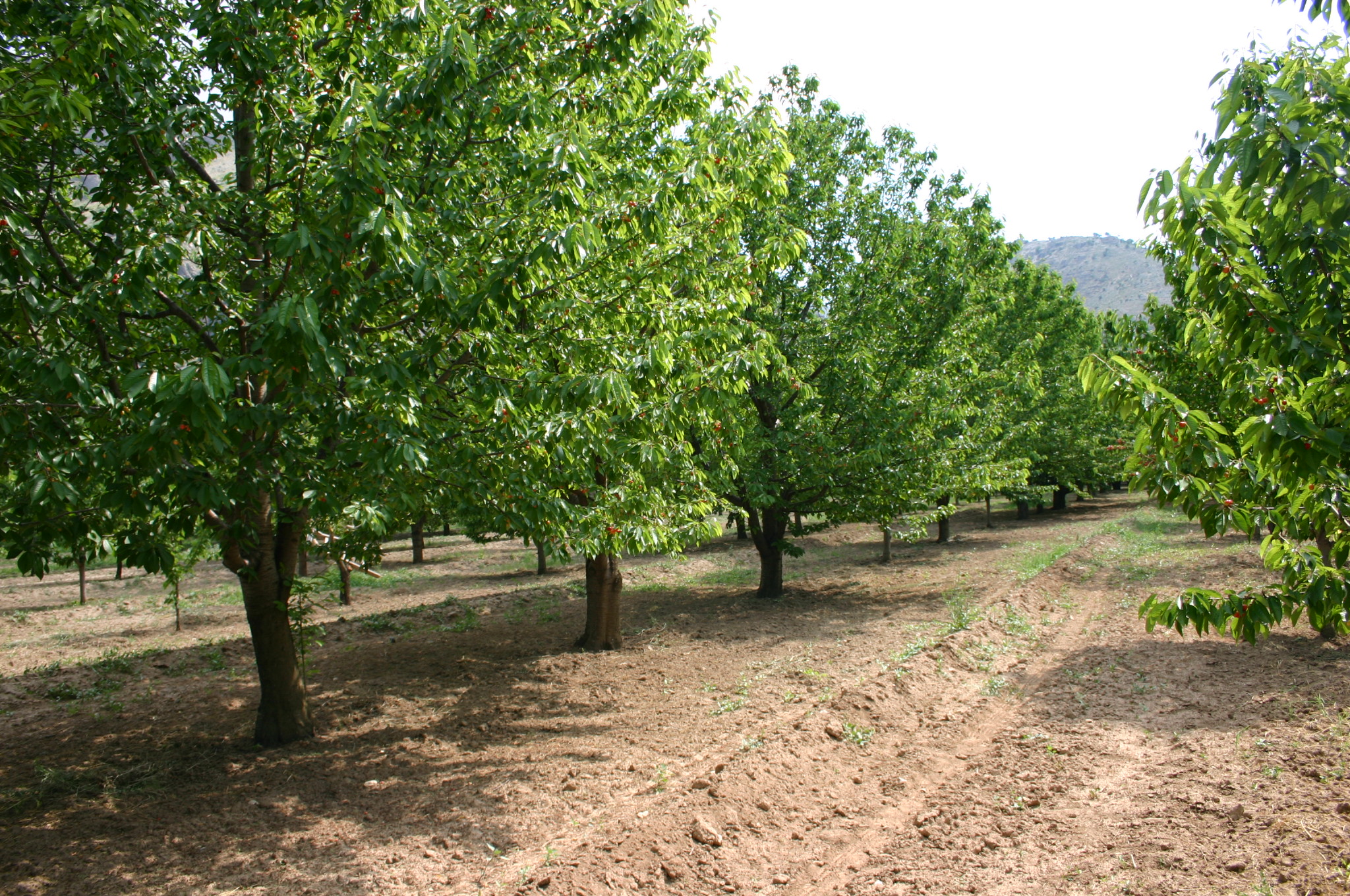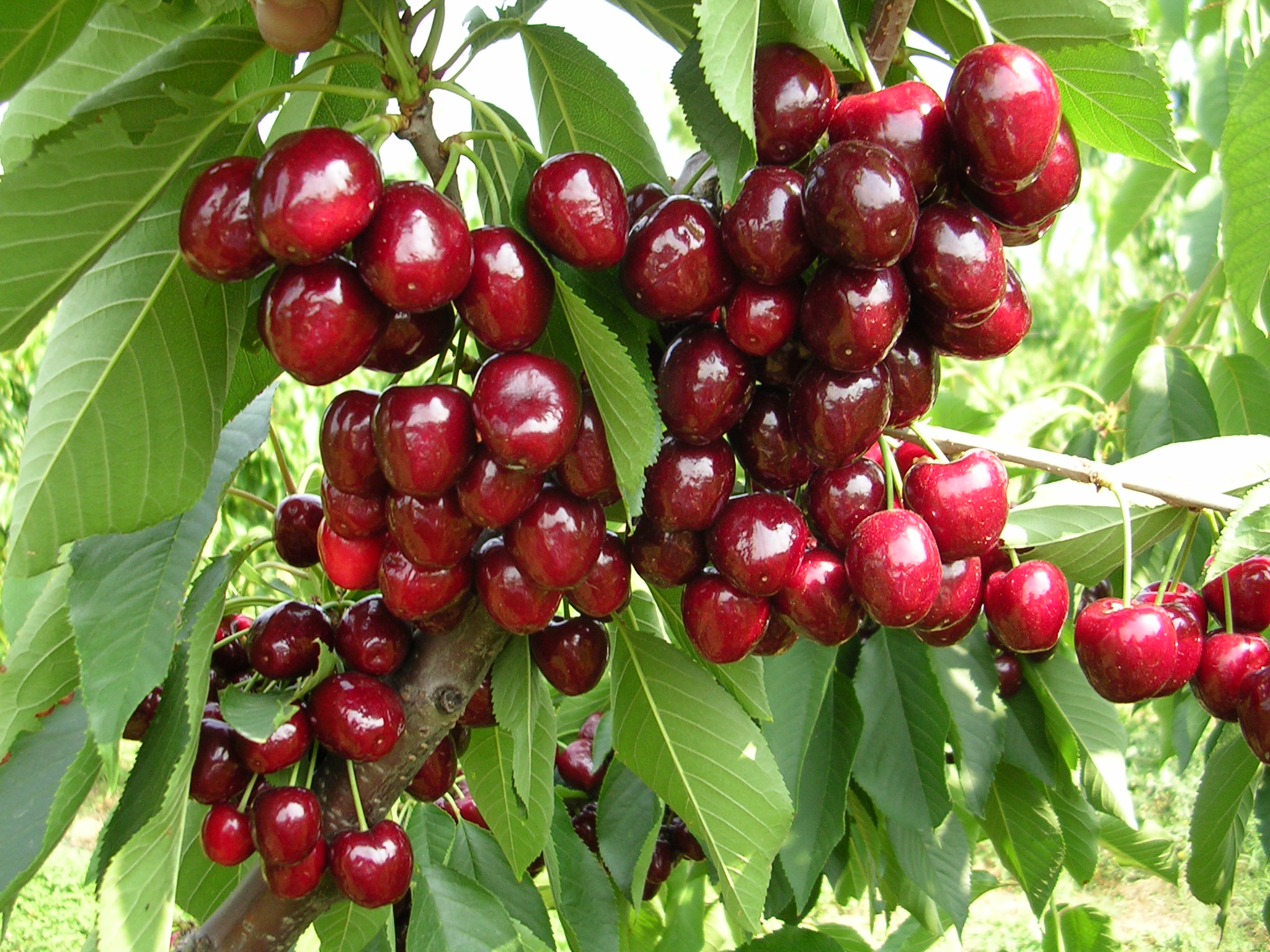Managing pesticide risk for pollinators has become a global priority. While attention has long been focused primarily on the honey bee (Apis mellifera), it is now clear that non-Apis bees – wild and unmanaged – also play a crucial role in pollinating both crops and wild flora.
Understanding where and how these bees are exposed to pesticides is essential for developing truly eCective mitigation strategies. A recent study conducted in Oregon, USA, within an intensive sweet cherry production system surrounded by white oak (Quercus garryana) habitat, has challenged some established assumptions, revealing that the main sources of contamination are not always the most obvious ones.
Exposure pathways and risk sources
The researchers built a plant–pollinator interaction network based on two years of field data, combining pollen sampling from Apis mellifera colonies with observations of wild bee visits to the same plants. The analysis allowed them to assign each plant genus a “Hazard Quotient” (HQ), an index of per-visit pesticide risk that takes into account both the residues detected in pollen and the toxicity of the active ingredients involved.
By integrating these data with the visitation frequency of diCerent bees, it was possible to map exposure pathways and identify the plants that contribute most to the risk.
The results show that the main contribution to non-Apis bee exposure came not from sweet cherry pollen (the target crop) nor from spray drift from nearby orchards, but from a very common understory plant: Taraxacum (dandelion). The combination of high pollen contamination and frequent visitation by some species, particularly those of the genus Osmia, made this herbaceous plant an unexpected risk hotspot.
Management strategies and challenges
Other cover crops, such as certain Brassicaceae, played a similar role in specific post-bloom periods.
From a management perspective, protecting Apis mellifera can rely on already established strategies: using less toxic molecules, reducing spray drift (through low-drift nozzles and adjuvants), and applying pesticides at night or outside bloom.
For wild bees, however, the challenge is diCerent: it is not enough to manage treatments during bloom; it is also necessary to carefully evaluate spontaneous and cover crop flowering within and along orchard margins.
Maintaining or removing certain plants at the right time can mean the diCerence between a refuge habitat and a trap.
Rethinking risk assessment
The study also calls into question a cornerstone of current risk assessment protocols: the use of Apis mellifera as a proxy species for all bees. Although average HQ values for honey bees and wild bees are comparable, the exposure pathways diCer radically and require targeted measures for each group.
In summary, protecting pollinators today requires a more careful, dynamic, and context-specific approach. The findings demonstrate that real risk is not always found where expected,
and that managing spontaneous plants in orchards can be as crucial as managing the crop’s pest control. This means rethinking the role of cover vegetation and integrating new ecological variables into integrated pest management plans. Protecting bees, in all their forms, means safeguarding the resilience and productivity of agricultural systems.
Source: Carlson, E. A., Best, L., Melathopoulos, A., Namin, S. M., & Sagili, R. (2025). A risk based pollination network for non-Apis bees demonstrates the importance of understory plant contamination. Scientific Reports, 15(1), 14519. https://doi.org/10.1038/s41598-025-99244-w
Image source: Michael Puntaier
Andrea Giovannini
University of Bologna (IT)
Italian Berry - All rights reserved












